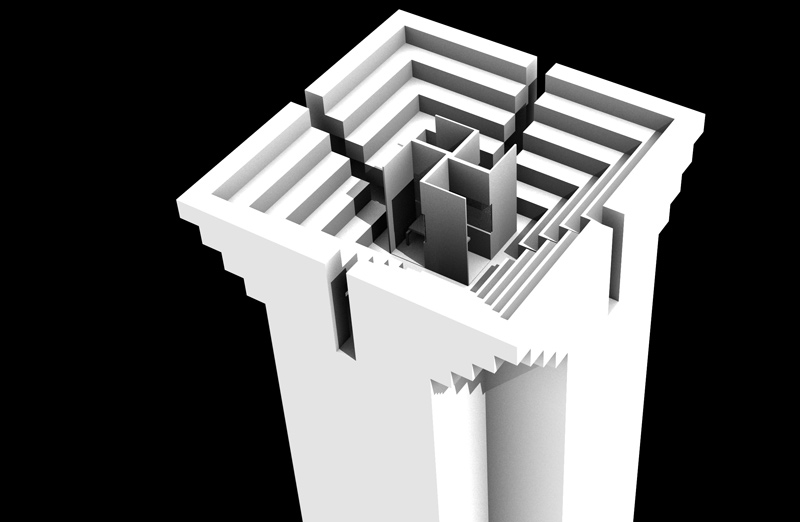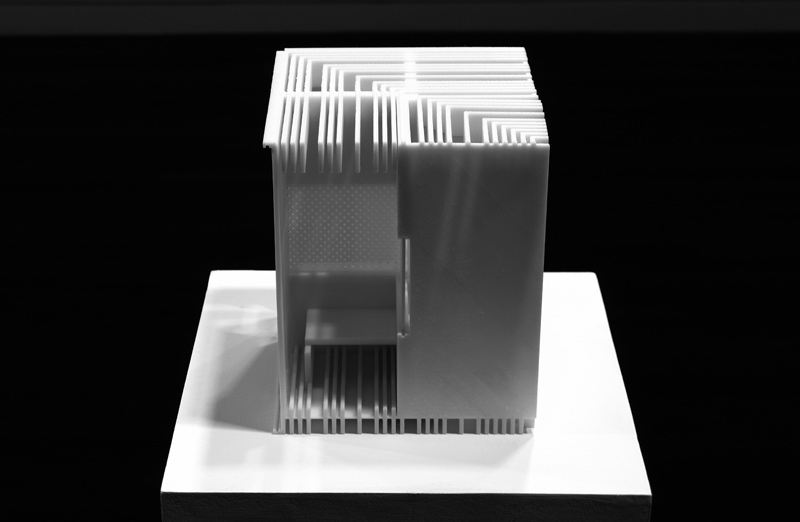Scaffolding of Contrition
2011
New York, US
Commissioned by Walter Smith
- Designed by Liam Gillick, Markus Miessen & Ralf Pflugfelder
Programming, as a term for architecture, refers to the a priori designation of the use and activity within a negotiated space. Structures have been based on programs since the emergence of built space. Today, architectural programming is defined as the research processes that identify the scope of the space to be designed. There is now an exchangeable, yet slight, synonym for programming… “scoping”. In the 1980s and 1990s, some architecture schools began to drop architectural programming from their curricula. The schools went along with the post-modern and deconstruction trends that were escape routes from programming. These trends have an emphasis, instead, on form-making and malaise. The attention to the users of buildings was no longer the priority for young, ambitious architects operating through horizontal scopes. We started with some notes and discussed how the physical life of a public space and its moral life have different clocks. How can the discrepancy between these two clocks be reconciled? The life-span of the latter is often disregarded in the shadow of the former. The walls, the floors, etc. stick around unchanged while the programmatic and psychic boundaries of the given structure shift. I wrote some notes on architectural programming for guilt-discharge … and the equivalents that are designed into a climate of boundary-dissolving pluralism. I sent the text to the artists. A digital, 3D model was then passed along a corporate, exquisite-corpse sequence. This linear method of assembly-line (immaterial) production allowed for a generative form of collaboration. The revised model was then made by a dimension printer and a laser-cutter.
– Walter Smith


